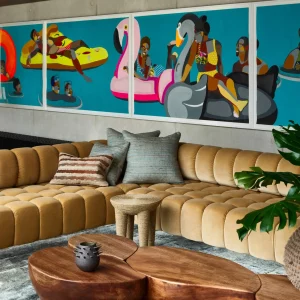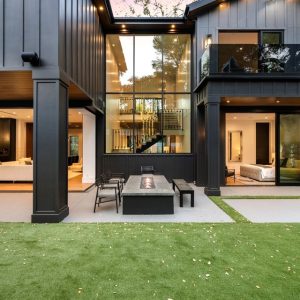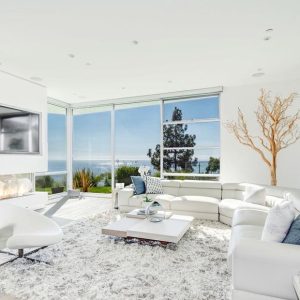Minimalism is rooted in an art movement in the 1960s, and it later expanded into the design and architectural aesthetic most commonly associated with simplicity, neutral color palettes, and clean lines.

When creating a classic minimalistic interior, it’s all about the base color. Subdued hues rule here—from biscuit to greige and every ecru-inspired tone in between. Why? It’s clean, fresh-looking, and inspires a sense of calm.
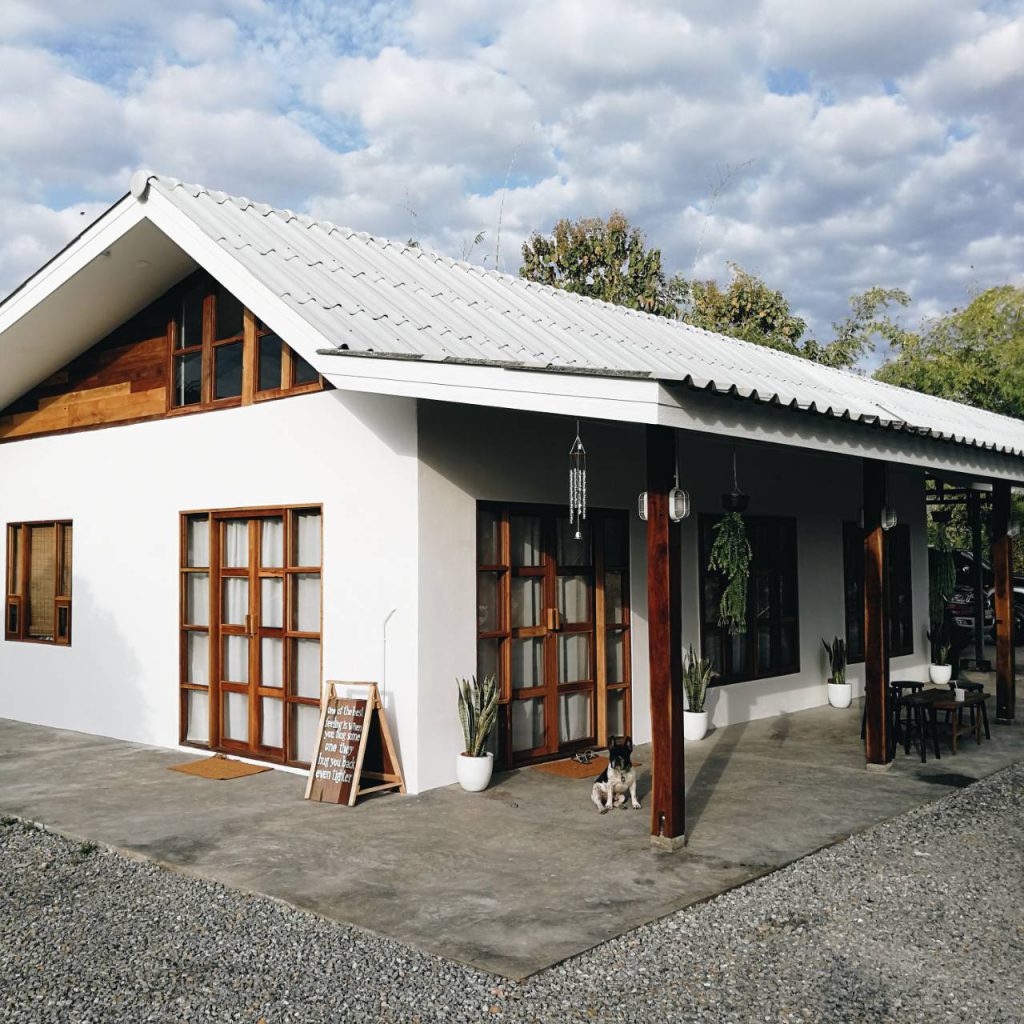
But just because classic minimalism tends to be color-averse, it doesn’t have to be bland or boring. In fact, minimalism at its finest is quite the opposite.
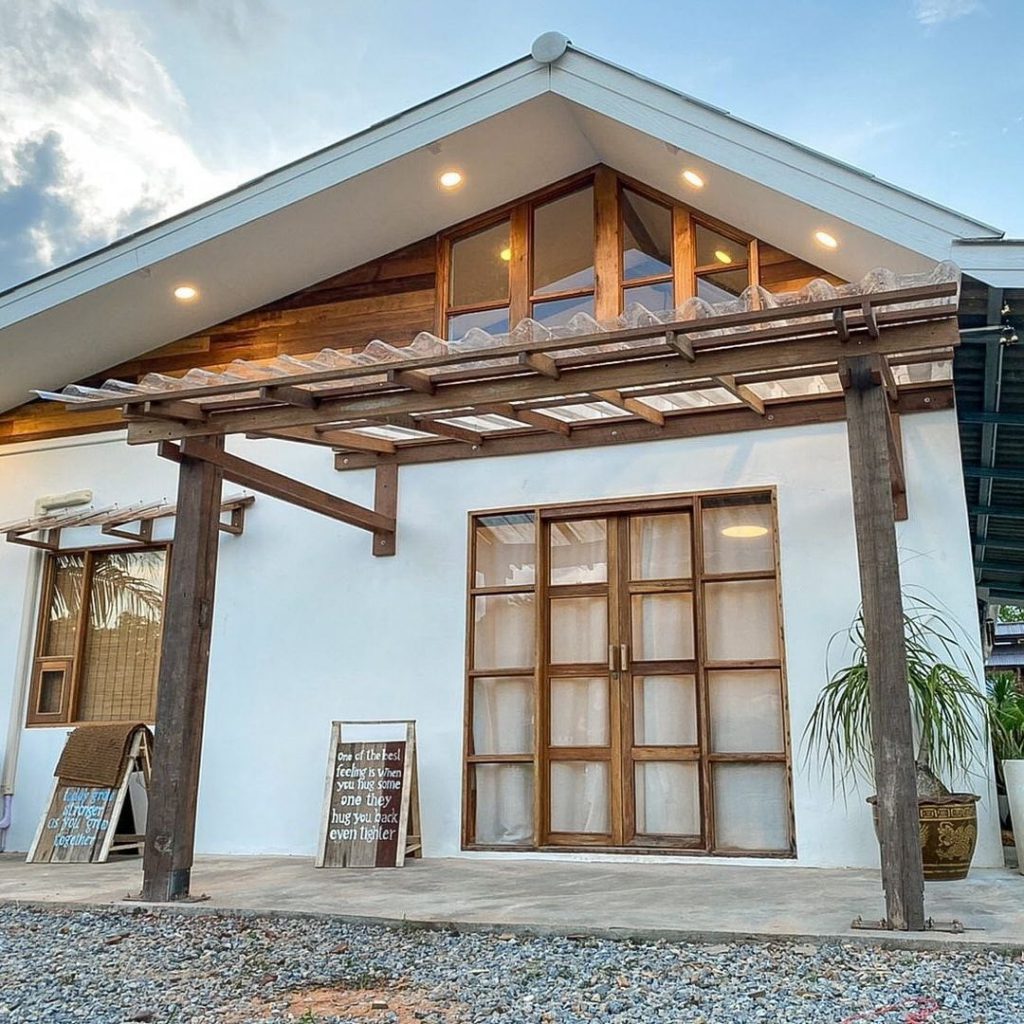
Minimalist design can be applied to various types of interior style, such as Japanese, modern and Scandinavian. Regardless of which aesthetic is your end goal, there are aspects that remain relevant across the board.

As with any style of interior, the full scheme needs to sing from the same hymn sheet to reach its potential. A minimalist room therefore is likely to be painted in muted tones such as white, grey, and black and to boast oversized windows that let the light flood in. In terms of materials, the scope is broad.
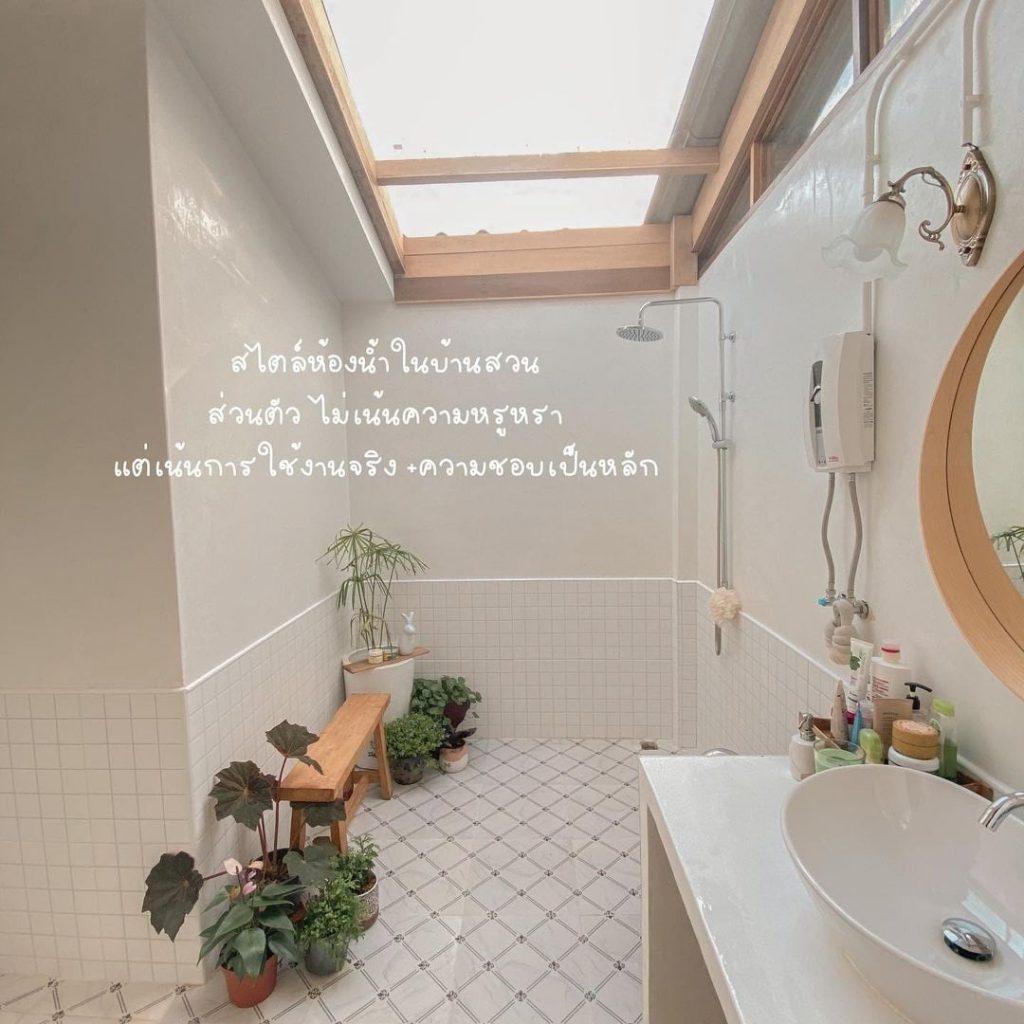
Textured woods in combination with matte and polished stone are as well-received as perspex, chrome and glass—the only caveat being to not place more than three in the same room.
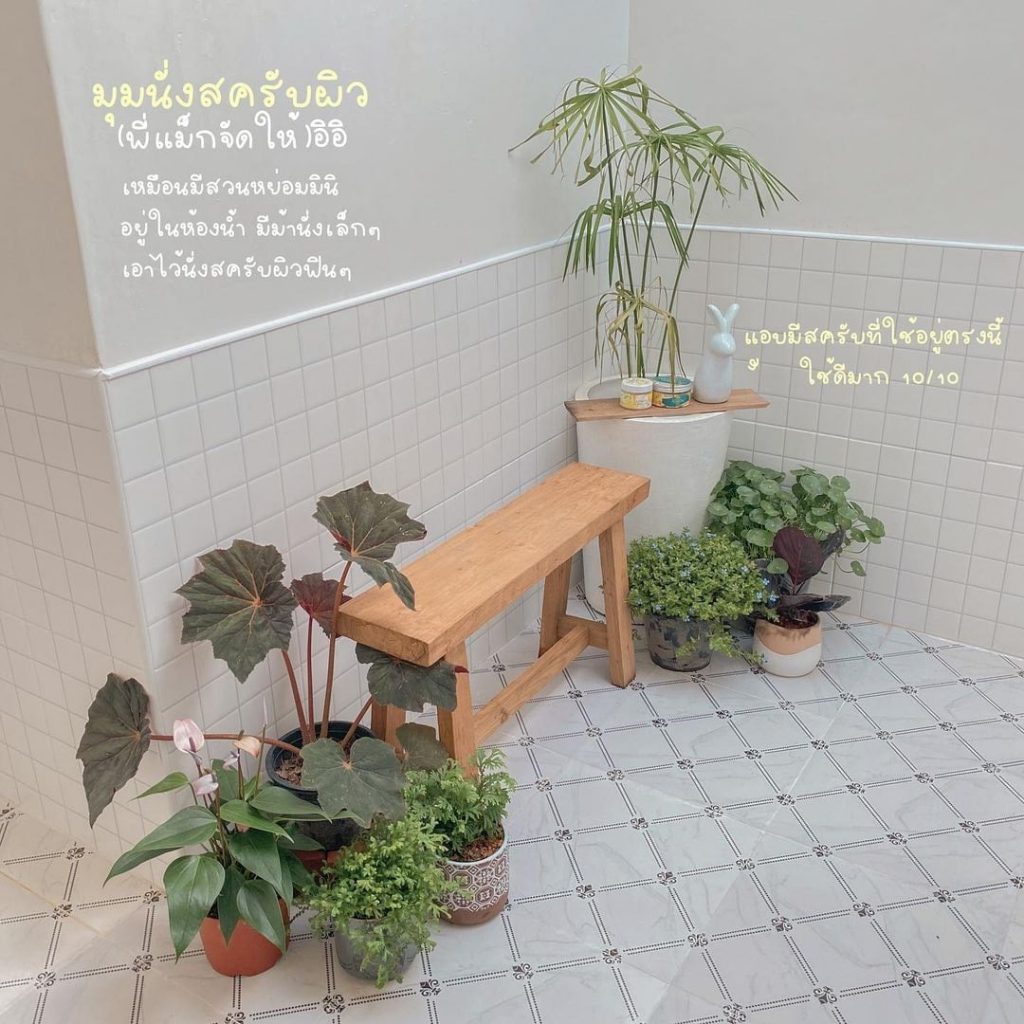
Any artworks or sculptures are generally contemporary or abstract where not too many colours are used and the subject is stark and bold. And in its strictest sense, few cushions and throws will be used.

.

.

.
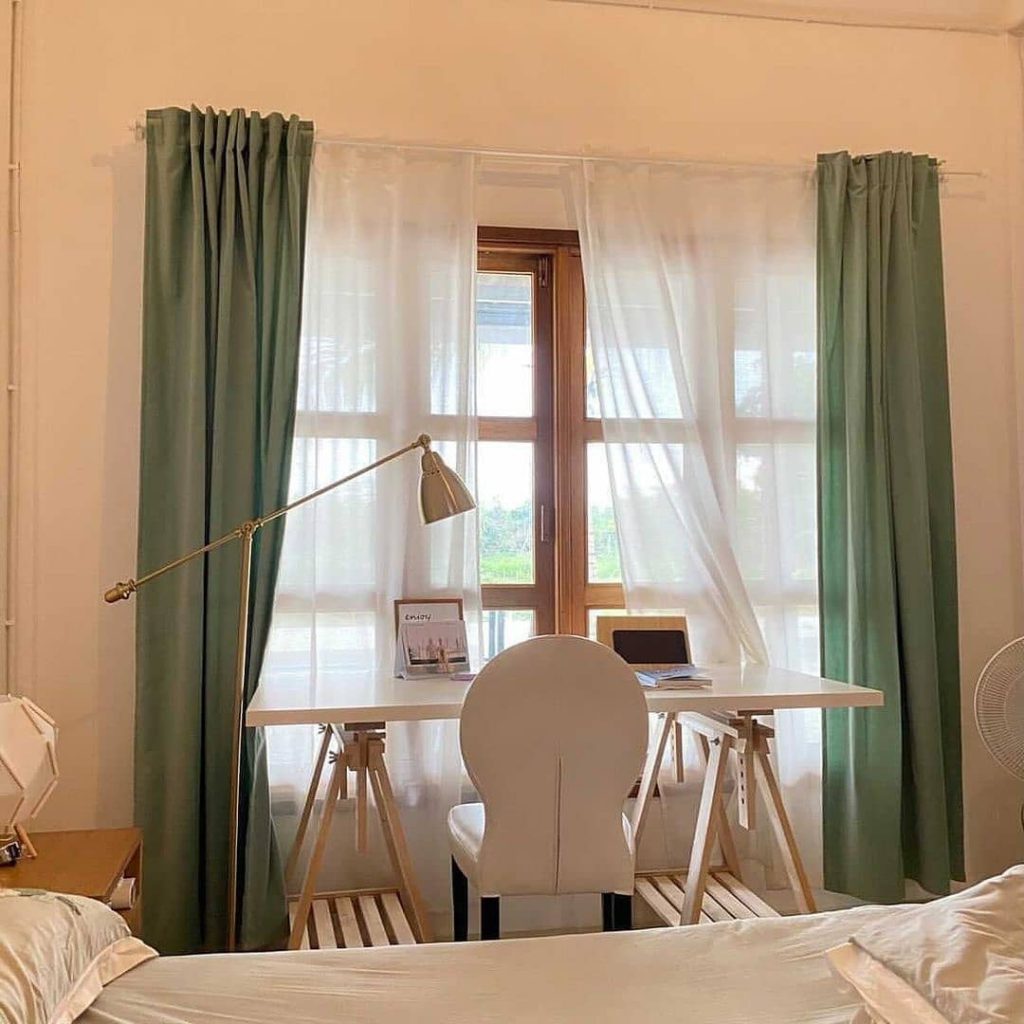
.

.
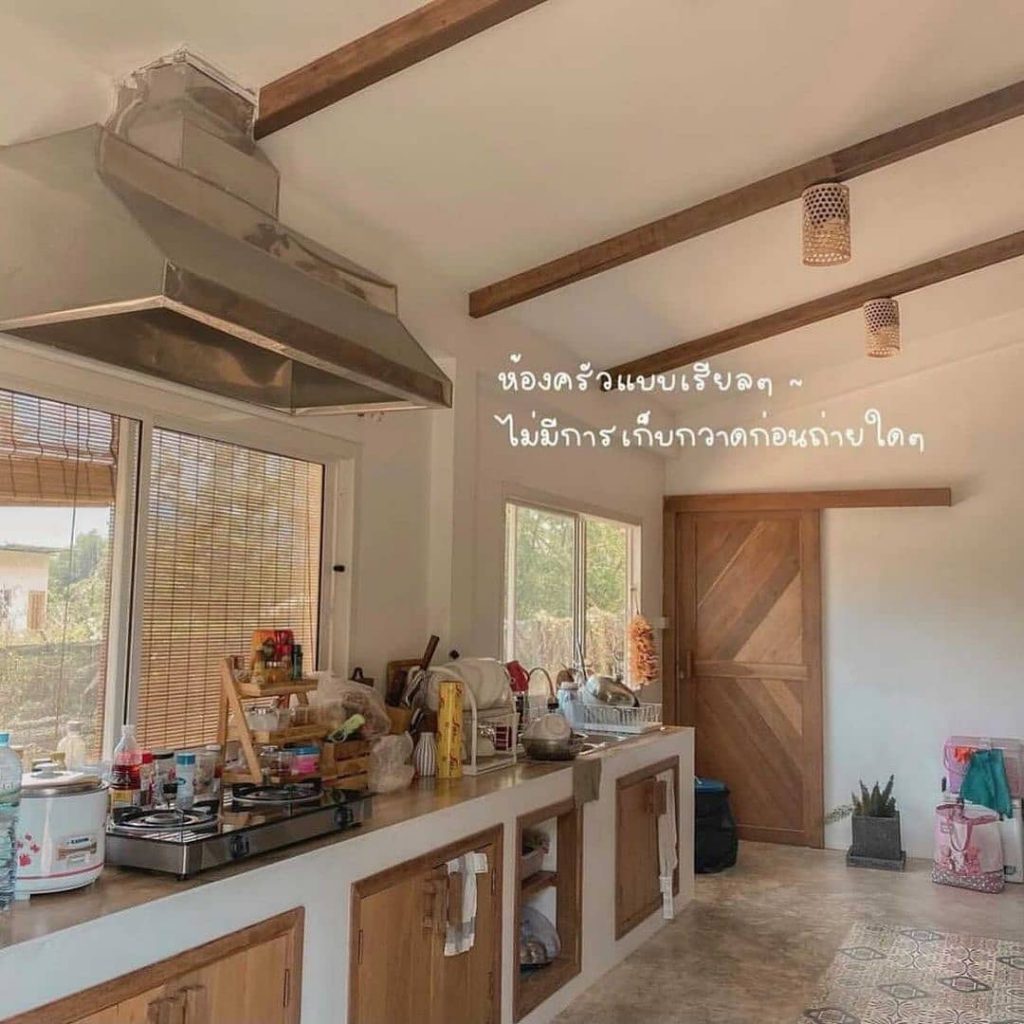
.

.
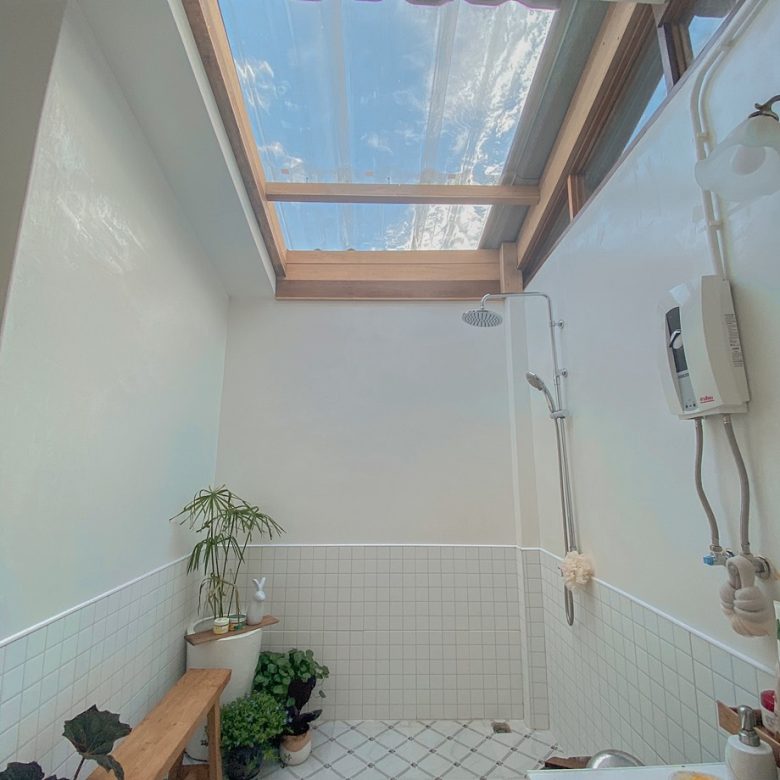
.

.
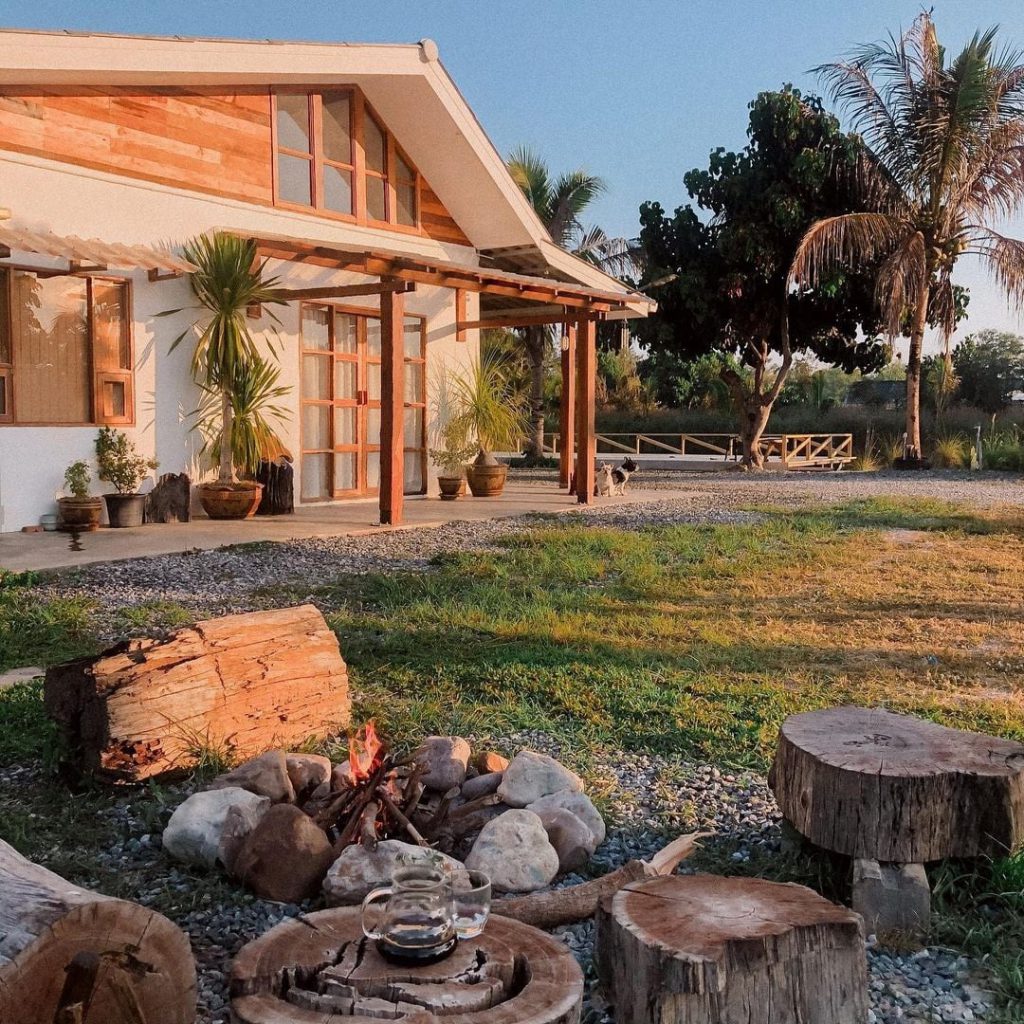
.
.

.

.

.

.
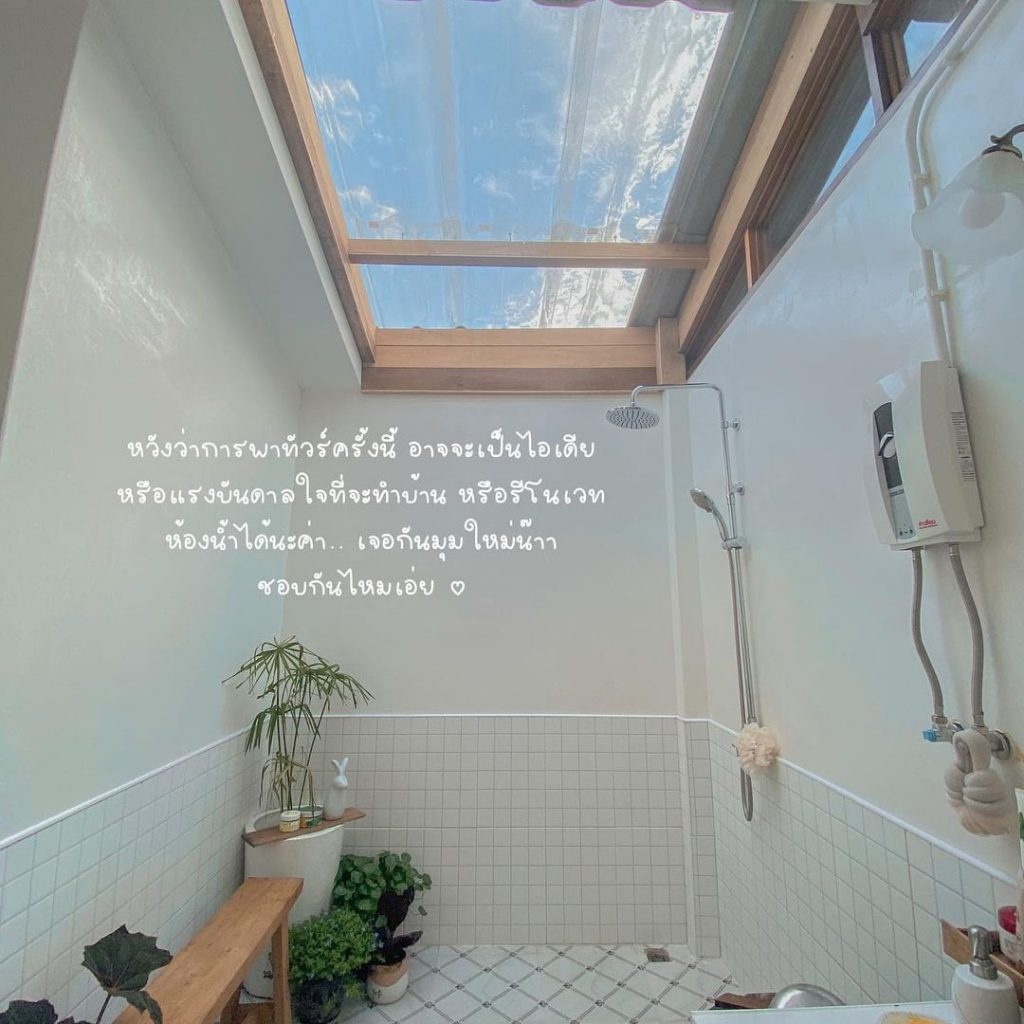
.
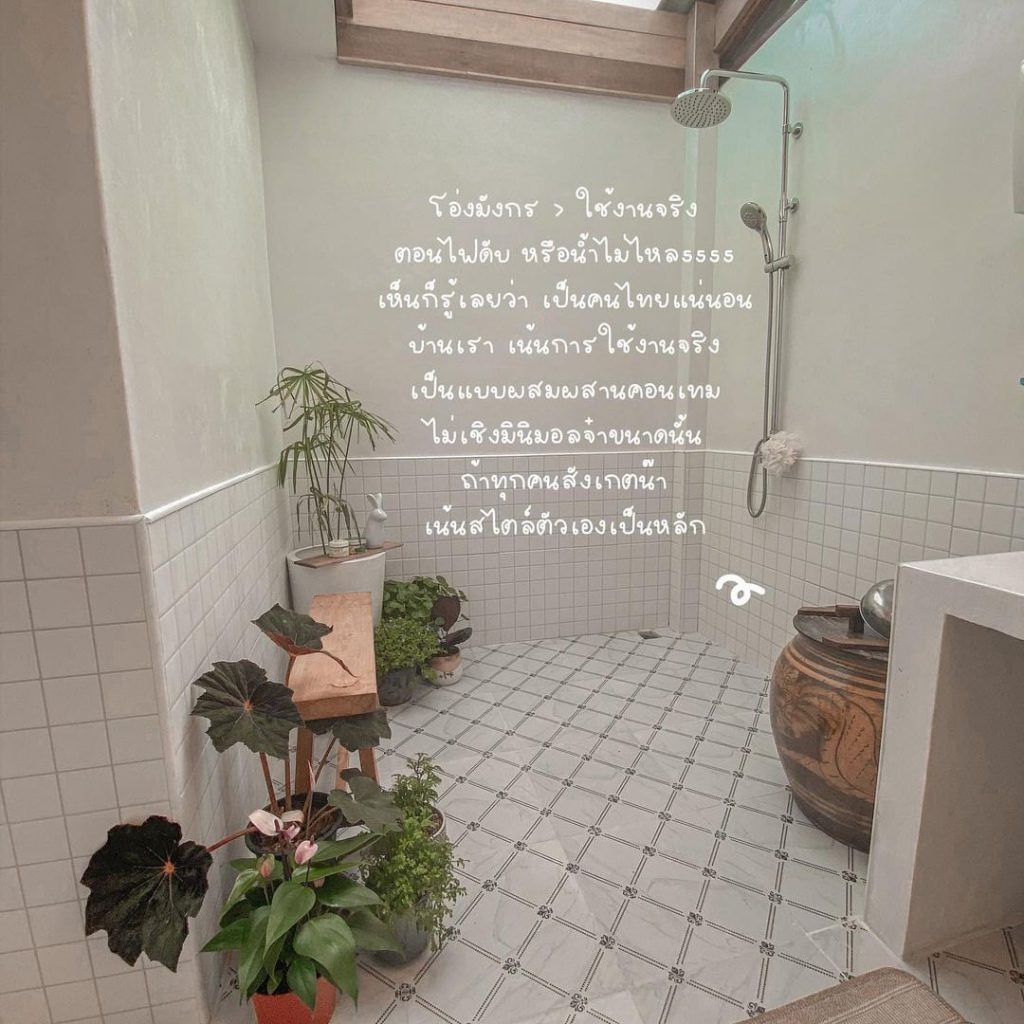
.
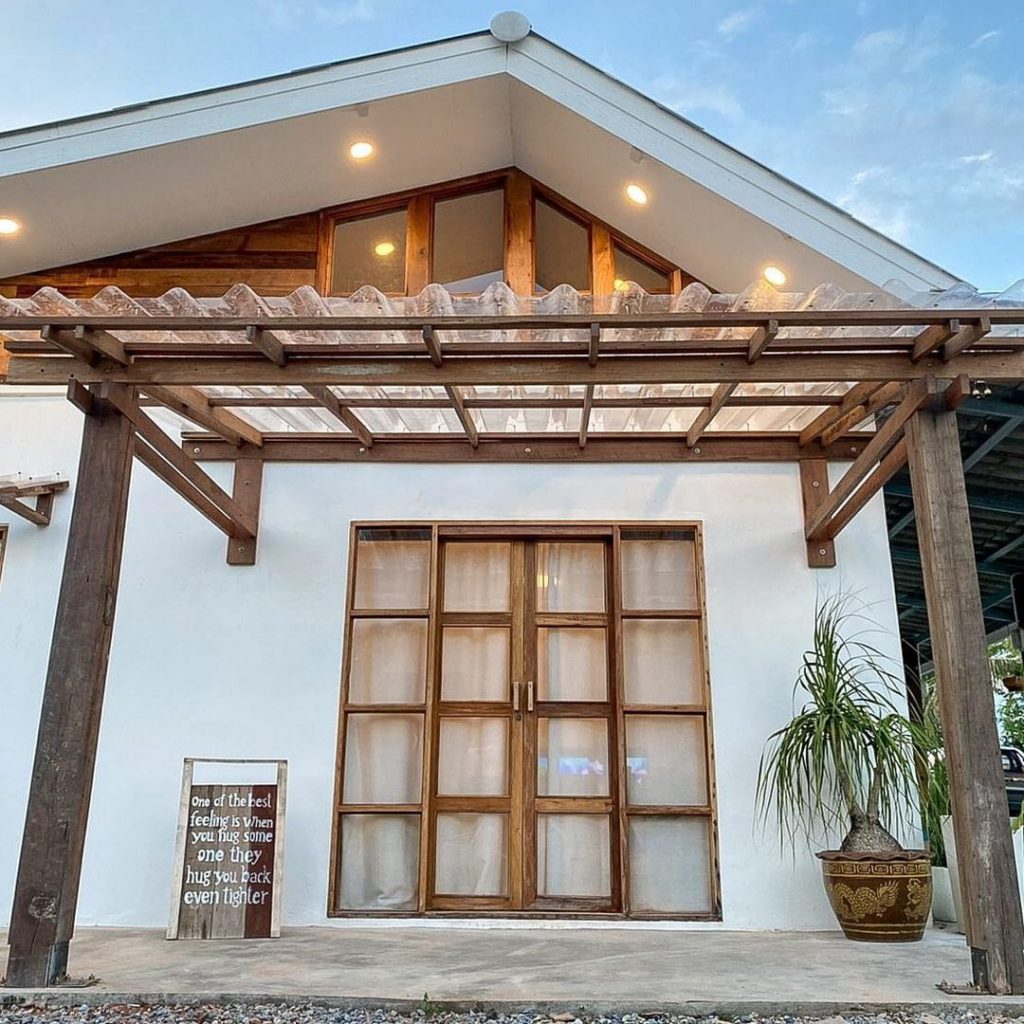
.

.

.
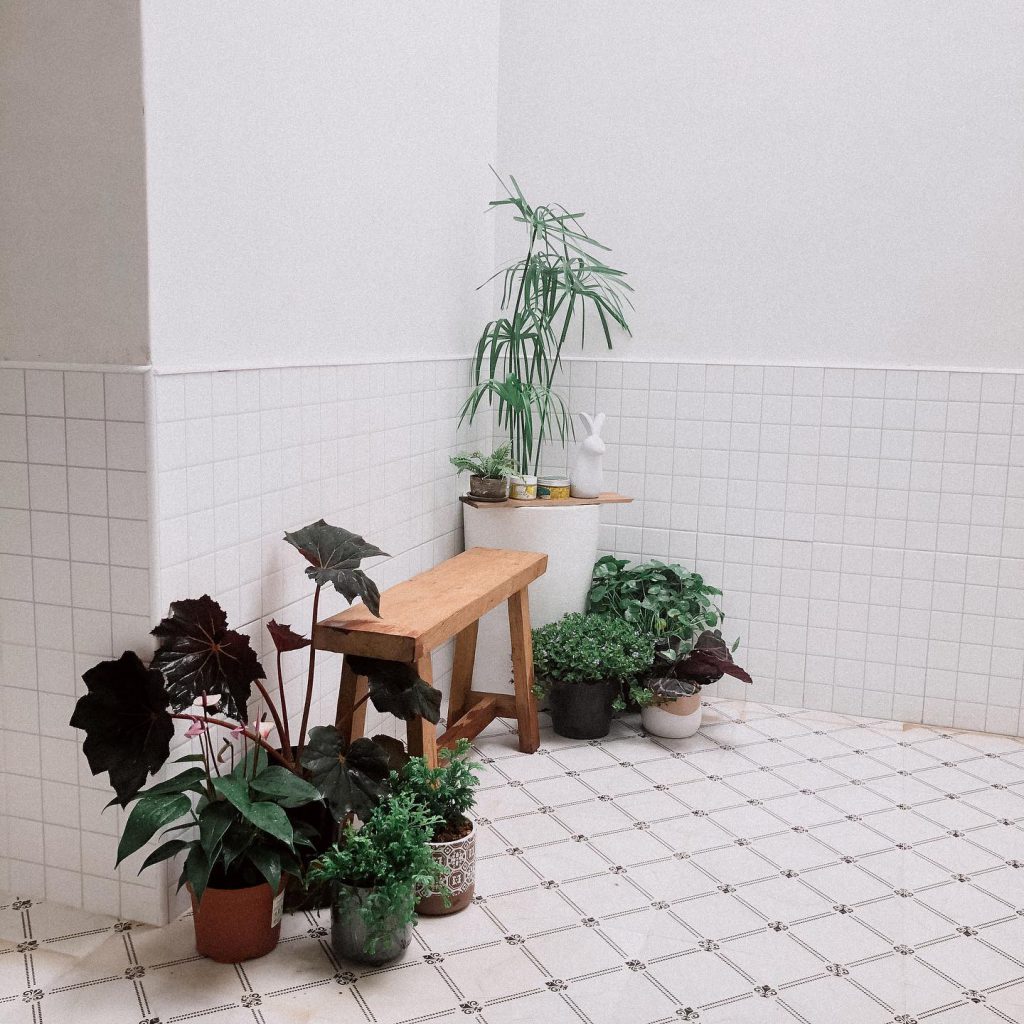
.

.

.

.

.

.

.

.
Credit: Suan Phithak-The secret garden


